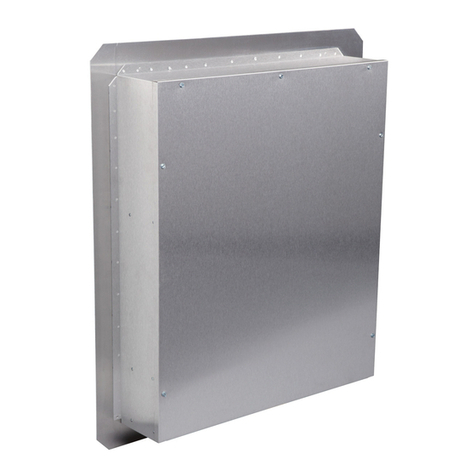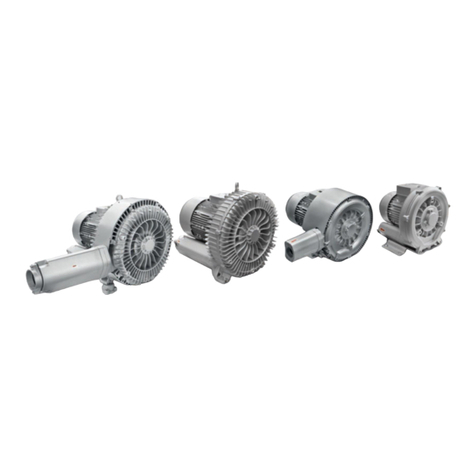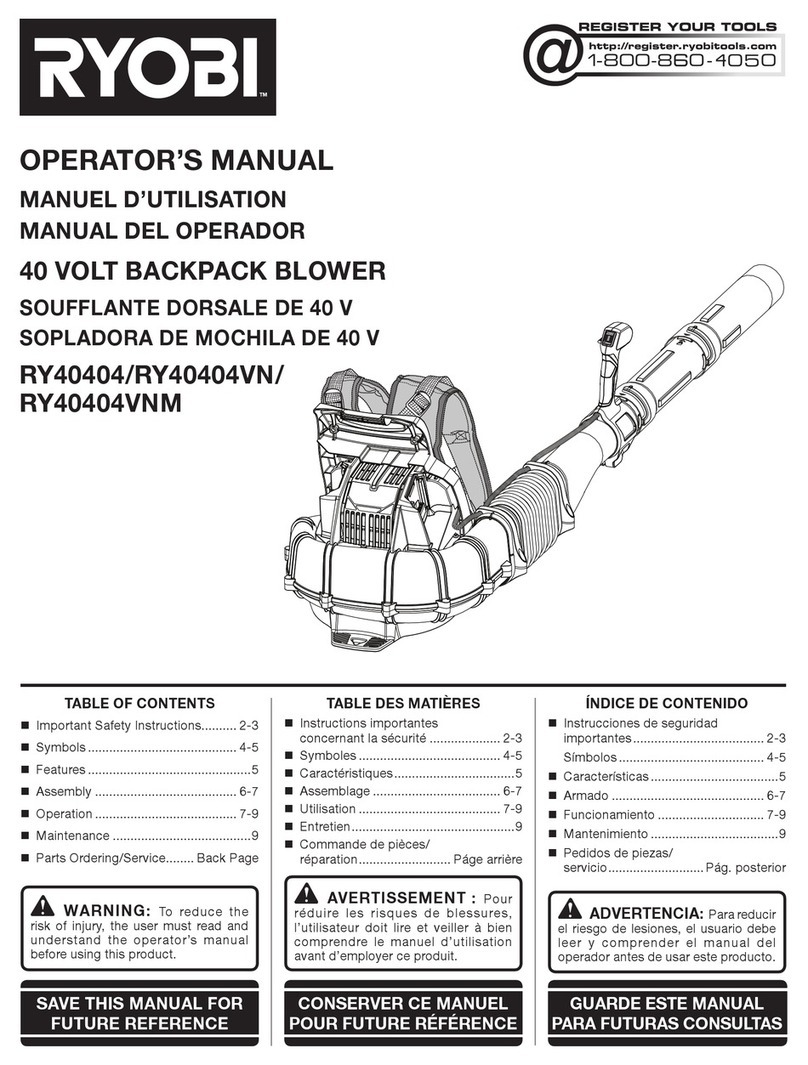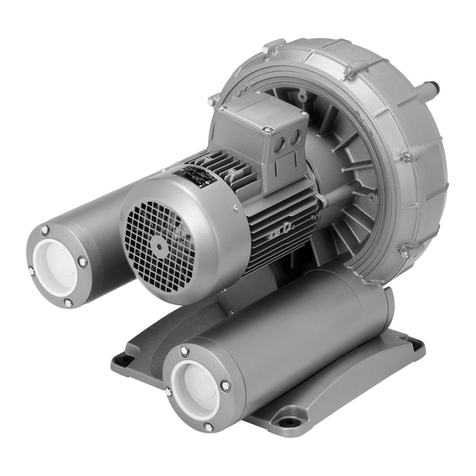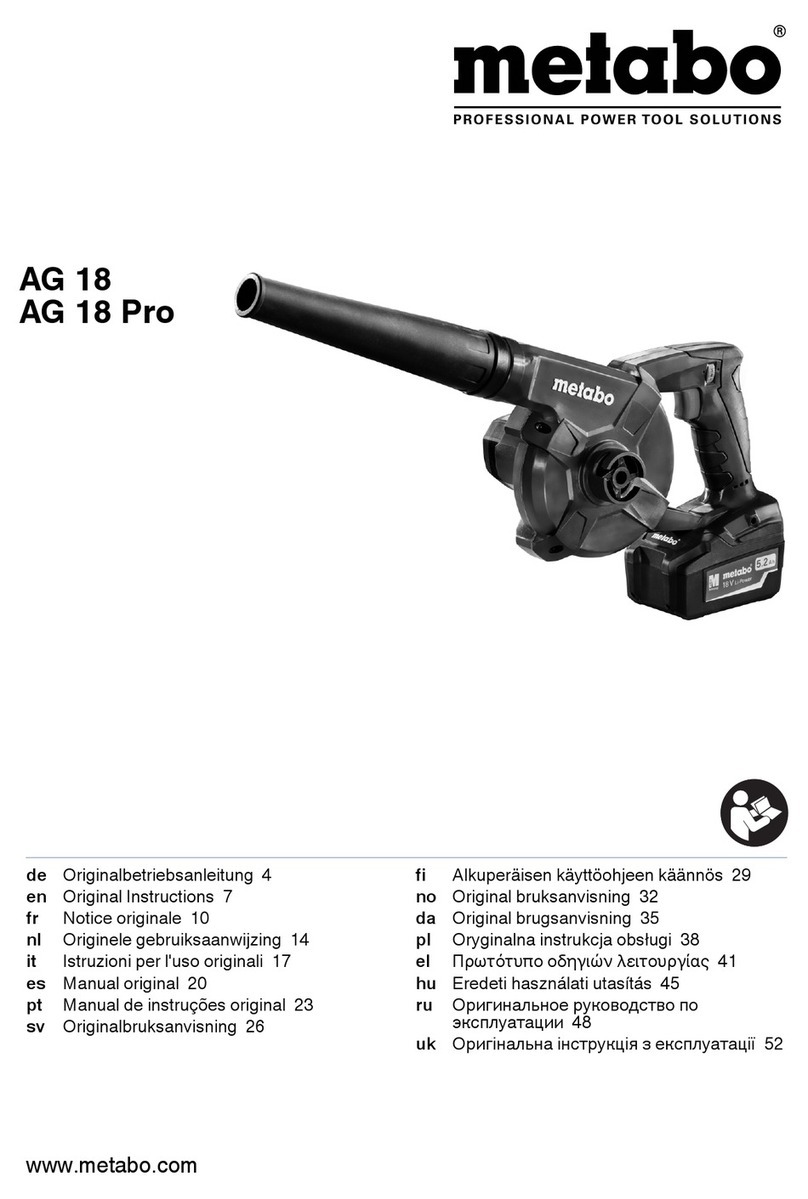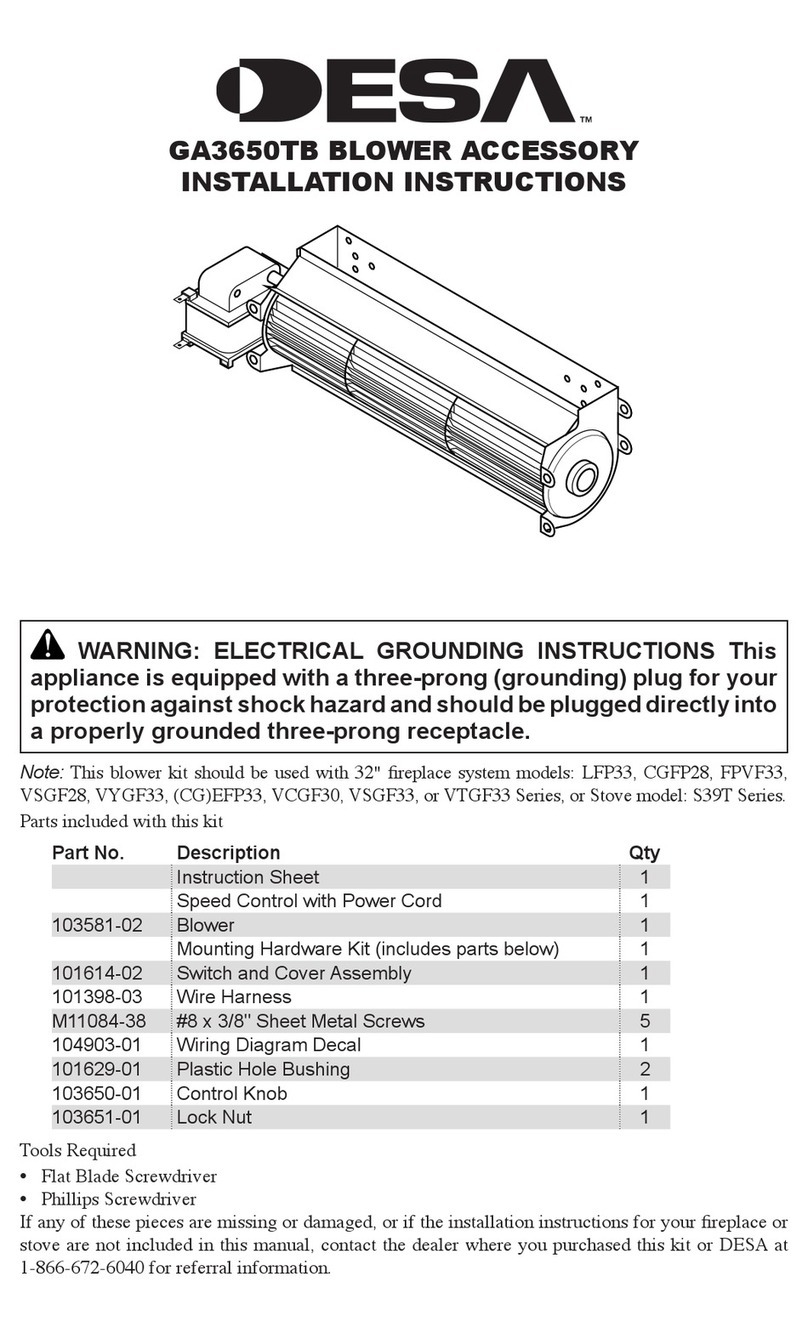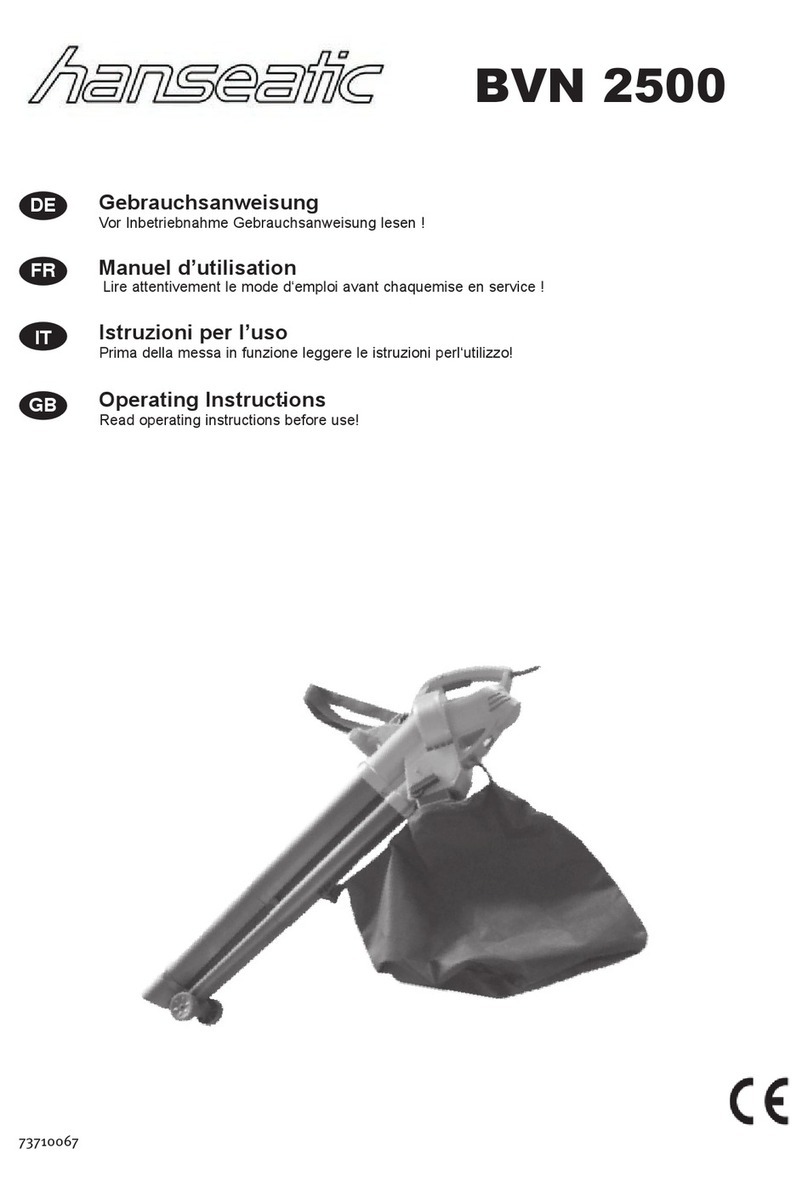HIKOKI RB18DC User manual

RB 18DC
Handling instructions
Bedienungsanleitung
Mode d’emploi
Istruzioni per l’uso
Gebruiksaanwijzing
Instrucciones de manejo
Instruções de uso
Bruksanvisning
Brugsanvisning
Bruksanvisning
Käyttöohjeet
Οδηγίες χειρισμού
Instrukcja obsługi
Kezelési utasítás
Návod k obsluze
Kullanım talimatları
Instrucţiuni de utilizare
Navodila za rokovanje
Pokyny na manipuláciu
Инструкция за експлоатация
Uputstvo za rukovanje
Upute za rukovanje
en
de
fr
it
nl
es
pt
sv
da
no
fi
hu
cs
tr
ro
sl
sk
bg
sr
hr
el
pl
en
de
fr
it
nl
es
pt
sv
da
no
fi
el
pl
hu
cs
tr
ro
sl
sk
bg
sr
hr
00BookRB18DCEU.indb100BookRB18DCEU.indb1 2021/06/0814:27:422021/06/0814:27:42

2
1
23
45
00BookRB18DCEU.indb200BookRB18DCEU.indb2 2021/06/0814:27:432021/06/0814:27:43

3
6
7
+ = + =
8
ab
9
10
00BookRB18DCEU.indb300BookRB18DCEU.indb3 2021/06/0814:27:452021/06/0814:27:45

4
English
c) Prevent unintentional starting. Ensure the
switch is in the off-position before connecting
to power source and/or battery pack, picking up
or carrying the tool.
Carrying power tools with your finger on the switch
or energising power tools that have the switch on
invites accidents.
d) Remove any adjusting key or wrench before
turning the power tool on.
A wrench or a key left attached to a rotating part of
the power tool may result in personal injury.
e) Do not overreach. Keep proper footing and
balance at all times.
This enables better control of the power tool in
unexpected situations.
f) Dress properly. Do not wear loose clothing or
jewellery. Keep your hair and clothing away
from moving parts.
Loose clothes, jewellery or long hair can be caught in
moving parts.
g) If devices are provided for the connection of
dust extraction and collection facilities, ensure
these are connected and properly used.
Use of dust collection can reduce dust-related
hazards.
h) Do not let familiarity gained from frequent use
of tools allow you to become complacent and
ignore tool safety principles.
A careless action can cause severe injury within a
fraction of a second.
4) Power tool use and care
a) Do not force the power tool. Use the correct
power tool for your application.
The correct power tool will do the job better and safer
at the rate for which it was designed.
b) Do not use the power tool if the switch does not
turn it on and off.
Any power tool that cannot be controlled with the
switch is dangerous and must be repaired.
c) Disconnect the plug from the power source and/
or remove the battery pack, if detachable, from
the power tool before making any adjustments,
changing accessories, or storing power tools.
Such preventive safety measures reduce the risk of
starting the power tool accidentally.
d) Store idle power tools out of the reach of
children and do not allow persons unfamiliar
with the power tool or these instructions to
operate the power tool.
Power tools are dangerous in the hands of untrained
users.
e) Maintain power tools and accessories. Check
for misalignment or binding of moving parts,
breakage of parts and any other condition
that may affect the power toolʼs operation. If
damaged, have the power tool repaired before
use.
Many accidents are caused by poorly maintained
power tools.
f) Keep cutting tools sharp and clean.
Properly maintained cutting tools with sharp cutting
edges are less likely to bind and are easier to control.
g) Use the power tool, accessories and tool bits
etc. in accordance with these instructions,
taking into account the working conditions and
the work to be performed.
Use of the power tool for operations different from
those intended could result in a hazardous situation.
h) Keep handles and grasping surfaces dry, clean
and free from oil and grease.
Slippery handles and grasping surfaces do not
allow for safe handling and control of the tool in
unexpected situations.
GENERAL POWER TOOL SAFETY
WARNINGS
WARNING
Read all safety warnings, instructions, illustrations and
specifications provided with this power tool.
Failure to follow all instructions listed below may result in
electric shock, fire and/or serious injury.
Save all warnings and instructions for future reference.
The term “power tool” in the warnings refers to your mains-
operated (corded) power tool or battery-operated (cordless)
power tool.
1) Work area safety
a) Keep work area clean and well lit.
Cluttered or dark areas invite accidents.
b) Do not operate power tools in explosive
atmospheres, such as in the presence of
flammable liquids, gases or dust.
Power tools create sparks which may ignite the dust
or fumes.
c) Keep children and bystanders away while
operating a power tool.
Distractions can cause you to lose control.
2) Electrical safety
a) Power tool plugs must match the outlet. Never
modify the plug in any way. Do not use any
adapter plugs with earthed (grounded) power
tools.
Unmodified plugs and matching outlets will reduce
risk of electric shock.
b) Avoid body contact with earthed or grounded
surfaces, such as pipes, radiators, ranges and
refrigerators.
There is an increased risk of electric shock if your
body is earthed or grounded.
c) Do not expose power tools to rain or wet
conditions.
Water entering a power tool will increase the risk of
electric shock.
d) Do not abuse the cord. Never use the cord for
carrying, pulling or unplugging the power tool.
Keep cord away from heat, oil, sharp edges or
moving parts.
Damaged or entangled cords increase the risk of
electric shock.
e) When operating a power tool outdoors, use an
extension cord suitable for outdoor use.
Use of a cord suitable for outdoor use reduces the
risk of electric shock.
f) If operating a power tool in a damp location
is unavoidable, use a residual current device
(RCD) protected supply.
Use of an RCD reduces the risk of electric shock.
3) Personal safety
a) Stay alert, watch what you are doing and use
common sense when operating a power tool.
Do not use a power tool while you are tired
or under the influence of drugs, alcohol or
medication.
A moment of inattention while operating power tools
may result in serious personal injury.
b) Use personal protective equipment. Always
wear eye protection.
Protective equipment such as a dust mask, non-skid
safety shoes, hard hat or hearing protection used for
appropriate conditions will reduce personal injuries.
(Original instructions)
00BookRB18DCEU.indb400BookRB18DCEU.indb4 2021/06/0814:27:462021/06/0814:27:46

5
English
5) Battery tool use and care
a) Recharge only with the charger specified by the
manufacturer.
A charger that is suitable for one type of battery pack
may create a risk of fire when used with another
battery pack.
b) Use power tools only with specifically
designated battery packs.
Use of any other battery packs may create a risk of
injury and fire.
c) When battery pack is not in use, keep it away
from other metal objects, like paper clips, coins,
keys, nails, screws or other small metal objects,
that can make a connection from one terminal to
another.
Shorting the battery terminals together may cause
burns or a fire.
d) Under abusive conditions, liquid may be ejected
from the battery; avoid contact. If contact
accidentally occurs, flush with water. If liquid
contacts eyes, additionally seek medical help.
Liquid ejected from the battery may cause irritation or
burns.
e) Do not use a battery pack or tool that is damaged
or modified.
Damaged or modified batteries may exhibit
unpredictable behaviour resulting in fire, explosion
or risk of injury.
f) Do not expose a battery pack or tool to fire or
excessive temperature.
Exposure to fire or temperature above 130°C may
cause explosion.
g) Follow all charging instructions and do not
charge the battery pack or tool outside the
temperature range specified in the instructions.
Charging improperly or at temperatures outside
the specified range may damage the battery and
increase the risk of fire.
6) Service
a) Have your power tool serviced by a qualified
repair person using only identical replacement
parts.
This will ensure that the safety of the power tool is
maintained.
b) Never service damaged battery packs.
Service of battery packs should only be performed
by the manufacturer or authorized service providers.
PRECAUTION
Keep children and infirm persons away.
When not in use, tools should be stored out of reach of
children and infirm persons.
CORDLESS BLOWER SAFETY
WARNINGS
1. Do not put your hands or face near the cordless blower’s
blast port or suction port during use.
Doing so might lead to injuries.
2. When cleaning electrical conductors such as an
electrical panel, be sure there is plenty of space between
the conductor and the power tool. Also, make sure to
mount the nozzle when cleaning.
Failure to mount the nozzle while cleaning the conductor
can result in an electric shock.
3. Do not block the blast port and/or suction port. Also, do
not allow dust to accumulate in the suction port.
Blocking the blast port or suction port will abnormally
speed up the motor’s rotation which may damage the fan
within the power tool and cause the motor to excessively
heat up.
4. Do not use the power tool to fill a balloon or swim ring
with air.
5. Do not use in locations where inflammable materials
such as lacquer, paint, benzene, thinner or gasoline are
present. Also do not let items such as lighted cigarette
butts be suctioned inside at such locations.
Explosion or fires might result.
6. Do not use near objects generating high heat such as
stoves; do not blow at lit cigarette butts; and do not stoke
or extinguish flames.
Fires might occur if used near such locations.
7. Do not use in environments subject to heavy doses of
chemicals, etc.
Plastic sections might weaken and break, and injuries
might occur.
8. If you notice that the unit is generating unusually high
temperatures, operating poorly, or making abnormal
noises, immediately stop using and shut offthe power
switch. Request an inspection and repair from the dealer
where you purchased the unit or a HiKOKI Authorized
Service Center.
Continuing to use while operating abnormally might
cause injuries.
9. If the unit is mistakenly dropped or strikes another object,
make a thorough check of the unit for cracks, breakage
or deformation, etc.
Injuries might occur if the unit has cracks, breakage or
deformation.
10. Do not place objects such as screws inside the suction
port or blast port.
Failure to do so may damage the interior parts of the tool.
11. For blowing operation, mount the nozzle to the blast port.
For dust collection, mount the nozzle to the suction port
and mount the dust bag on the blast port.
12. Do not use the tool to suction liquid such as water or
wet dust particles, or items such as bits of glass, cutting
tools, nails, screws, pebbles, or lit cigarette butts.
13. Do not use industrial oil or grease (cutting oil, lubricant,
etc.), or in the vicinity of chemicals.
Doing so may cause parts to deteriorate or cause
damage.
14. Make a thorough inspection if using the cordless blower
to blow or clean viscous powder or dust particles.
Powder or dust particles might be suctioned in and
adhere internally, causing the vanes to break or injuries
to occur.
15. Never touch moving parts.
Never place your hands, fingers or other body parts near
the tool’s moving parts.
16. NEVER leave tool running unattended. Turn power off.
Don’t leave tool until it comes to a complete stop.
17. When operating the tool in high locations, make sure
there is nobody below.
18. Be careful when blowing large amounts of fine dust
in a dry environment as it can cause an accumulation
of static electricity which can result in an unexpected
electric discharge.
19. Never point toward people or animals. The machine
blows small objects at a high velocity and can cause
injury.
20. Never operate from an unstable footing, such as when
on a ladder or step ladder.
Doing so may cause an injury.
21. Do not strike the tool with other objects; avoid strong
impacts such as dropping the tool; and do not allow the
tool to get wet.
Any one of these can damage the built-in precision parts
and result in malfunction.
22. Before operation, remove any objects in the area that
may cause injury or accident.
23. Do not peep into the blast port during operation.
24. Keep the suction port away from your body to avoid
sucking in your work clothes.
00BookRB18DCEU.indb500BookRB18DCEU.indb5 2021/06/0814:27:462021/06/0814:27:46
Other manuals for RB18DC
2
Table of contents
Languages:
Other HIKOKI Blower manuals
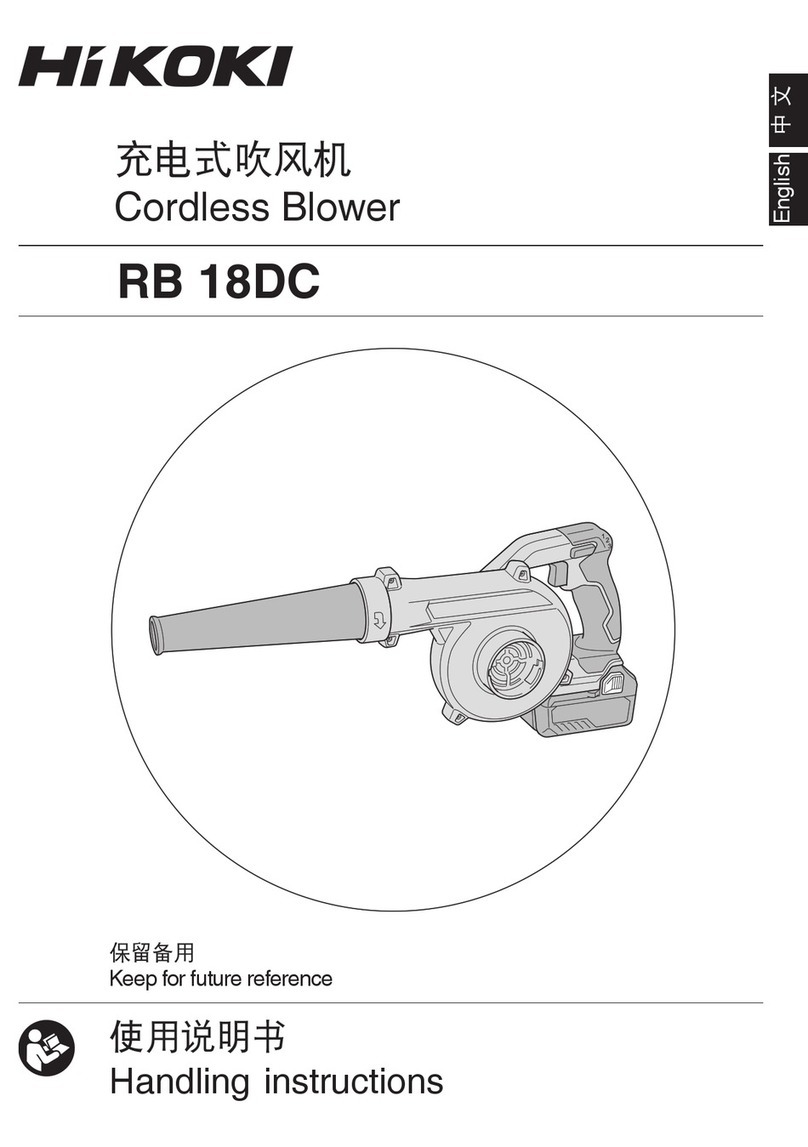
HIKOKI
HIKOKI RB18DC User manual
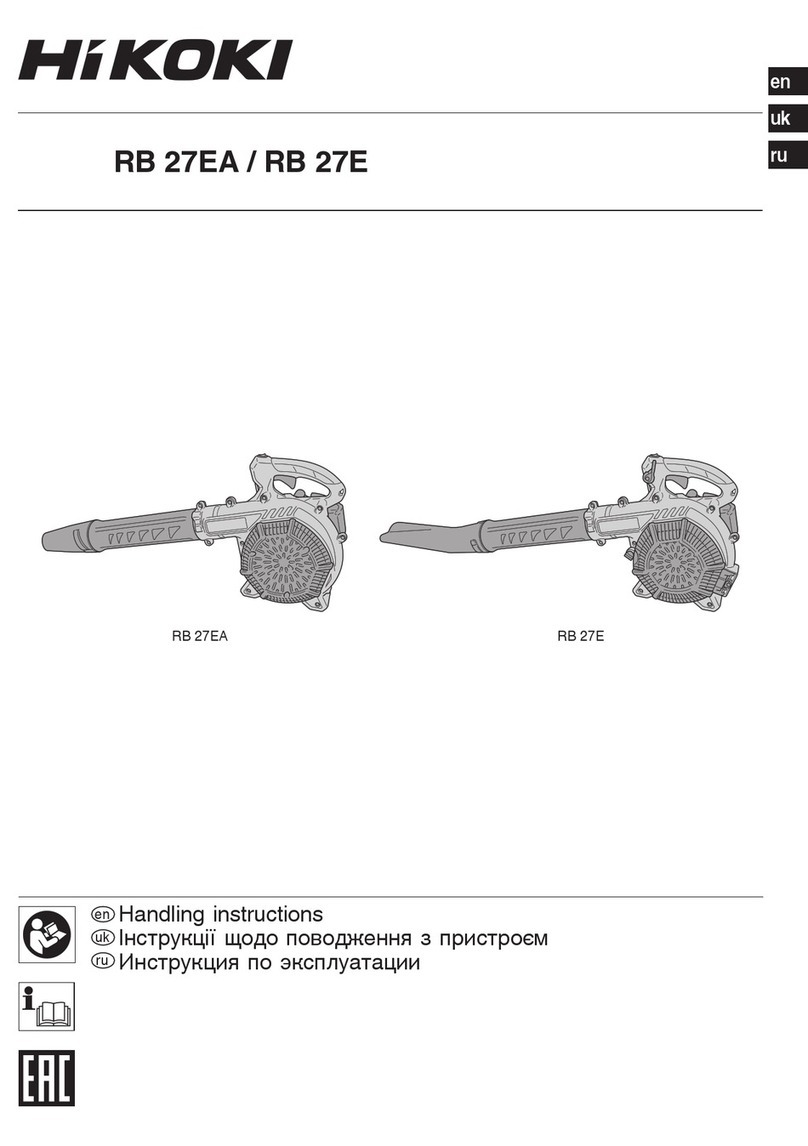
HIKOKI
HIKOKI RB 27EA User manual
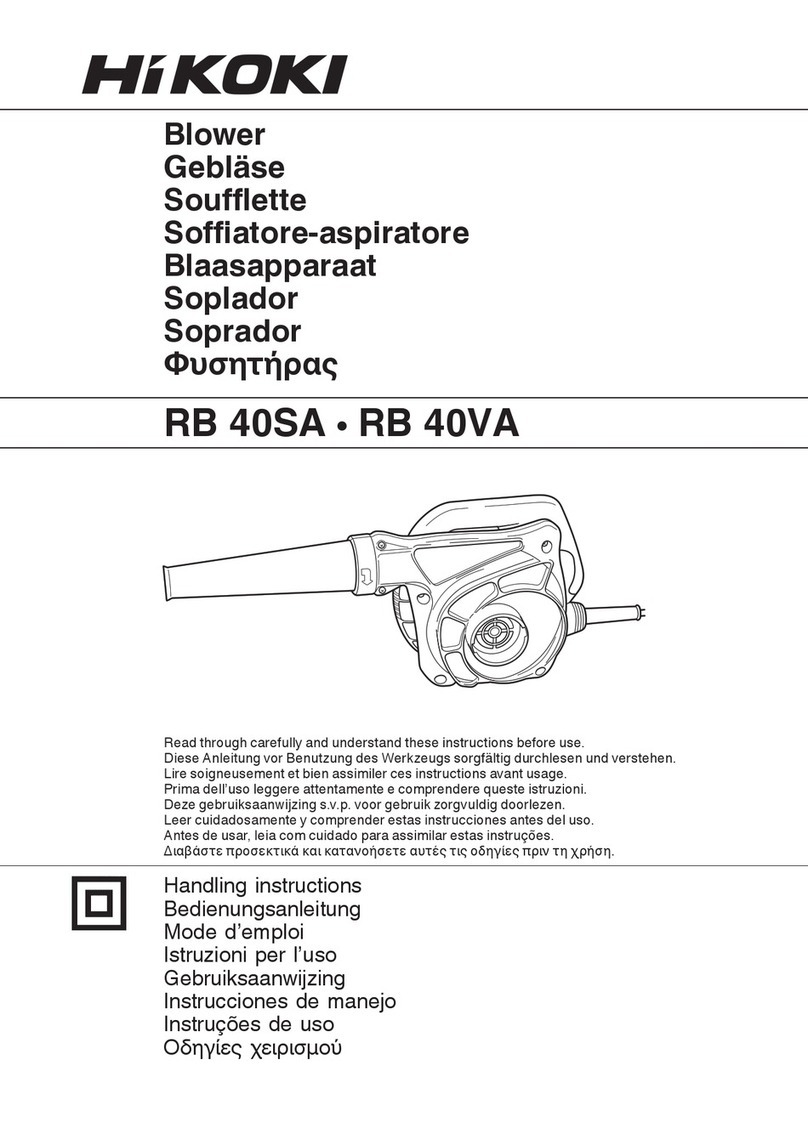
HIKOKI
HIKOKI RB 40SA User manual
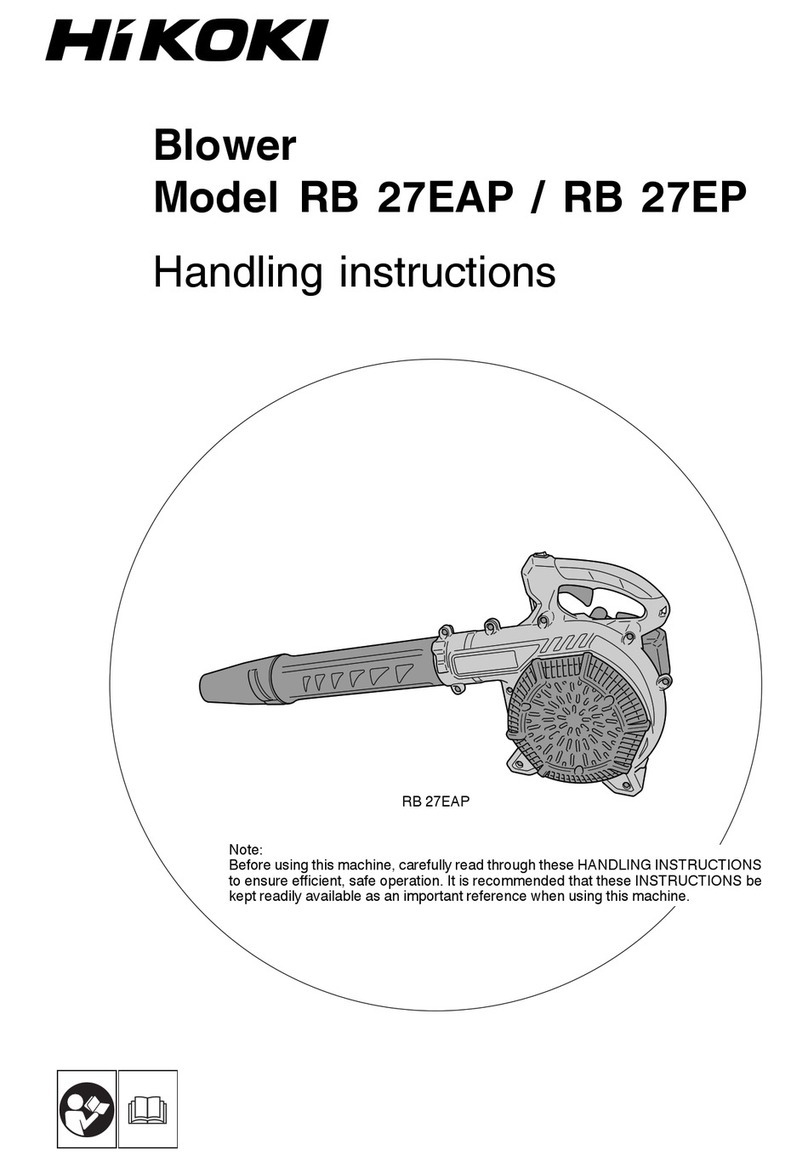
HIKOKI
HIKOKI RB 27EAP User manual
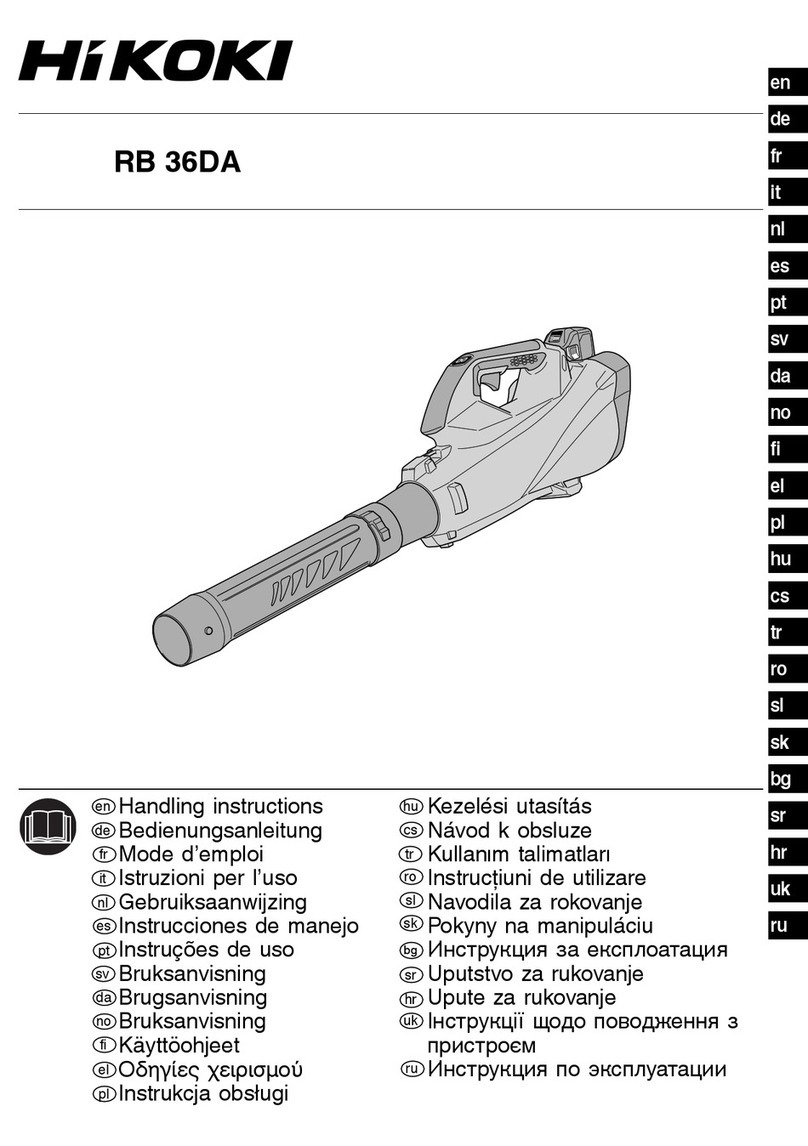
HIKOKI
HIKOKI RB36DAW4Z User manual
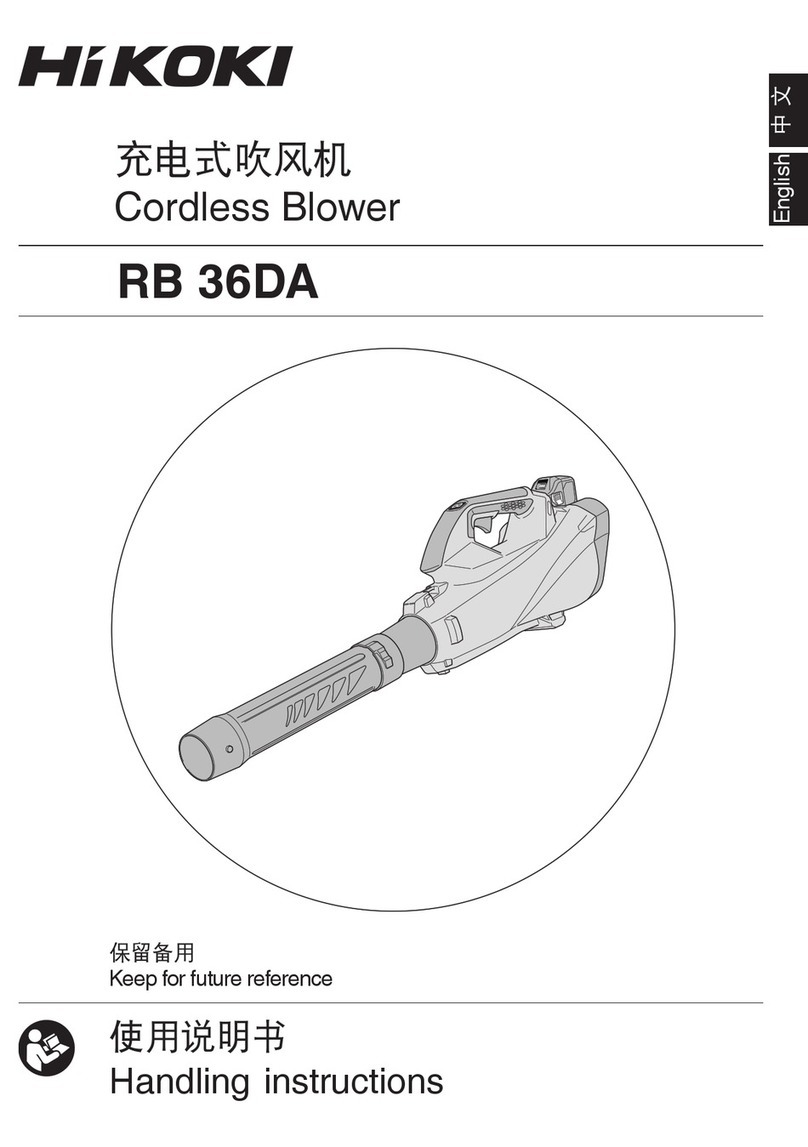
HIKOKI
HIKOKI RB 36DA User manual

HIKOKI
HIKOKI RB 40VA User manual
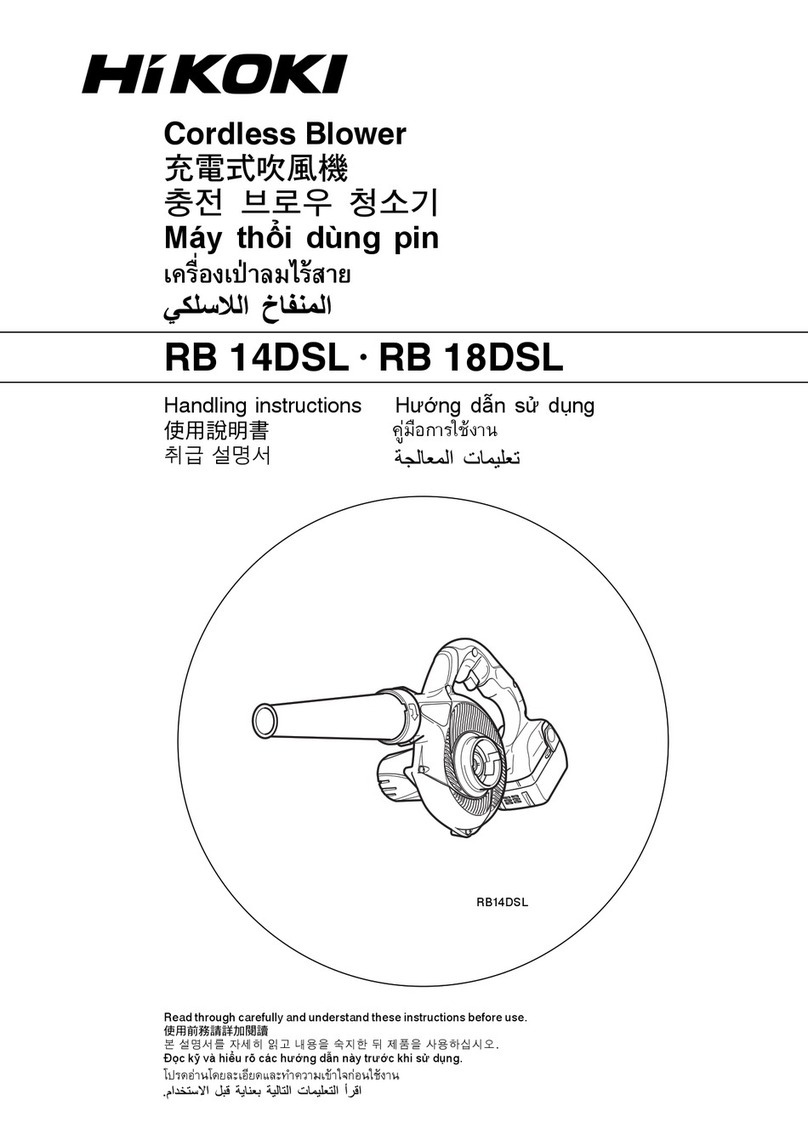
HIKOKI
HIKOKI RB 14DSL User manual
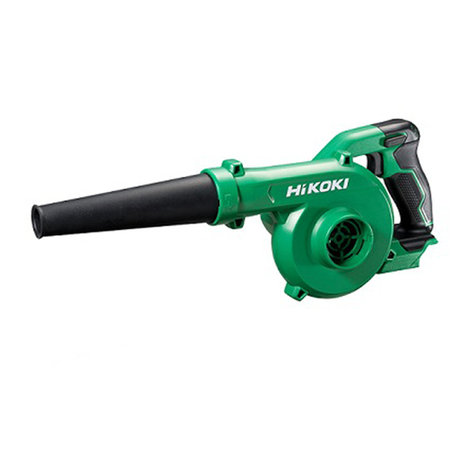
HIKOKI
HIKOKI RB18DC User manual

HIKOKI
HIKOKI RA 18DA User manual
Popular Blower manuals by other brands
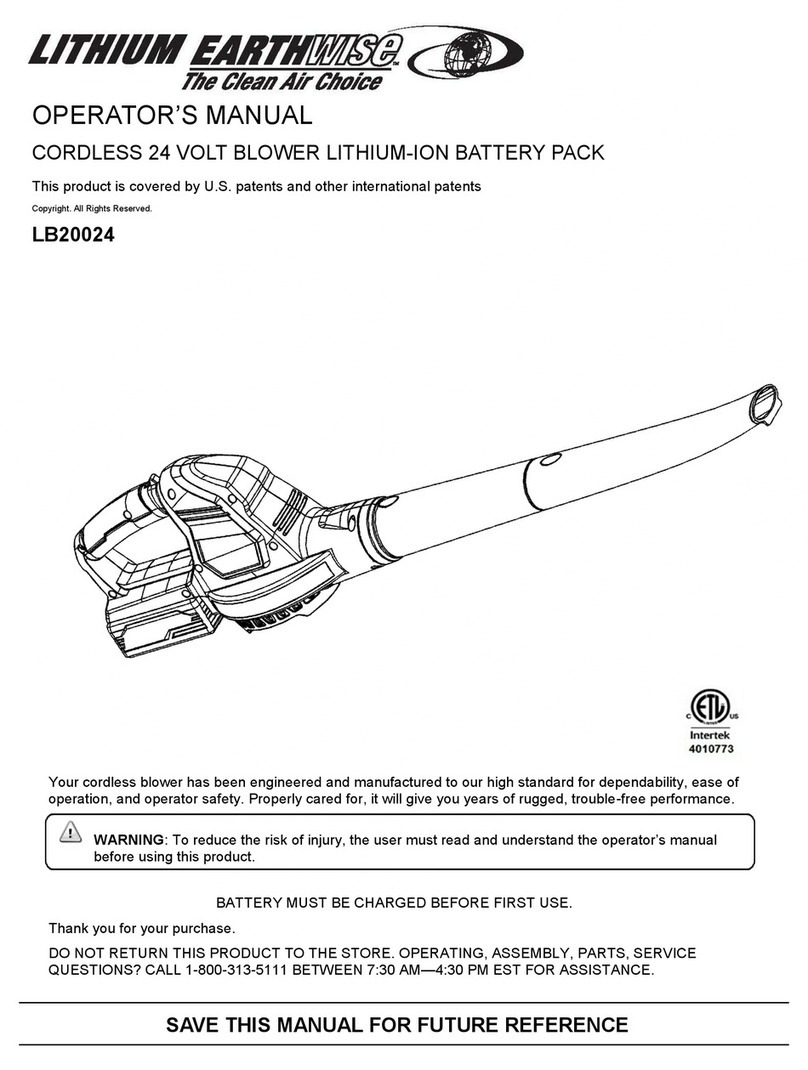
Lithium Earthwise
Lithium Earthwise LB20024 Operator's manual
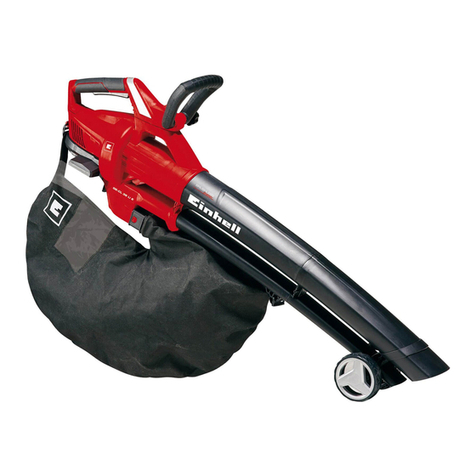
EINHELL
EINHELL GE-CL 36 Li E Original operating instructions
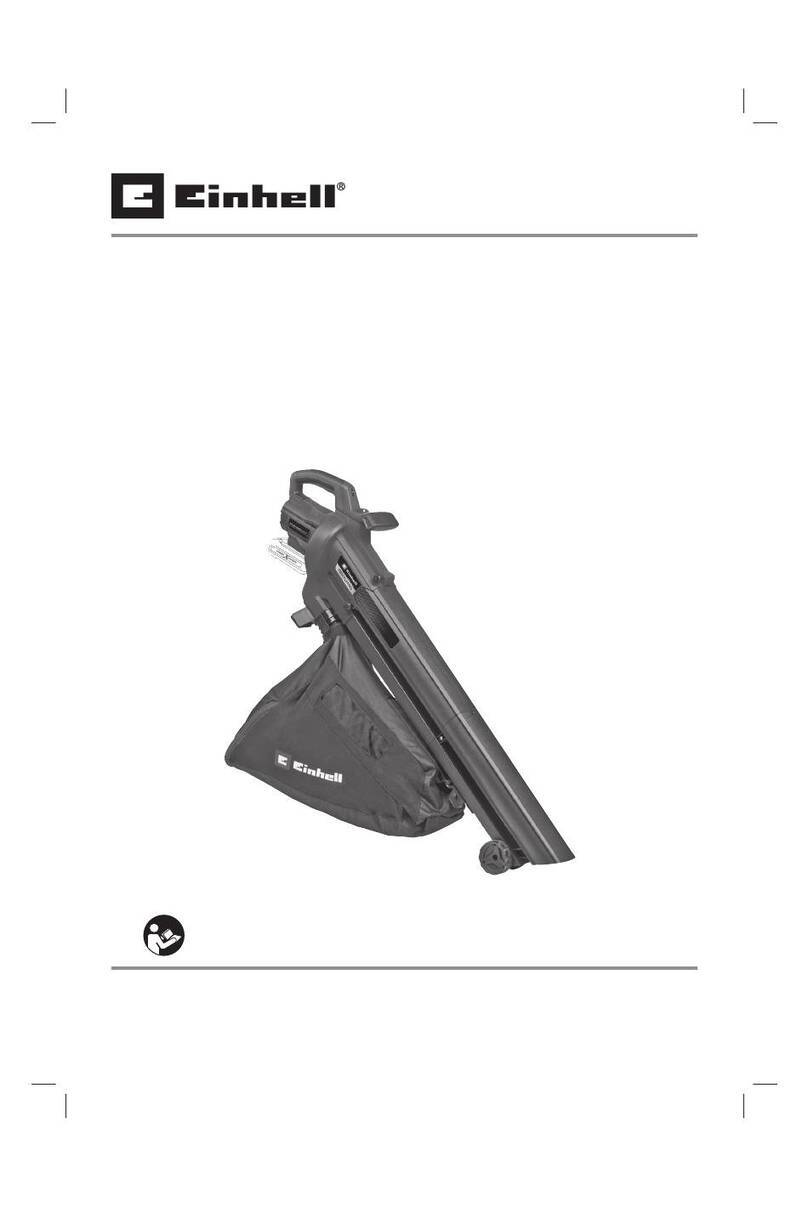
EINHELL
EINHELL VENTURRO 18/210 operating instructions
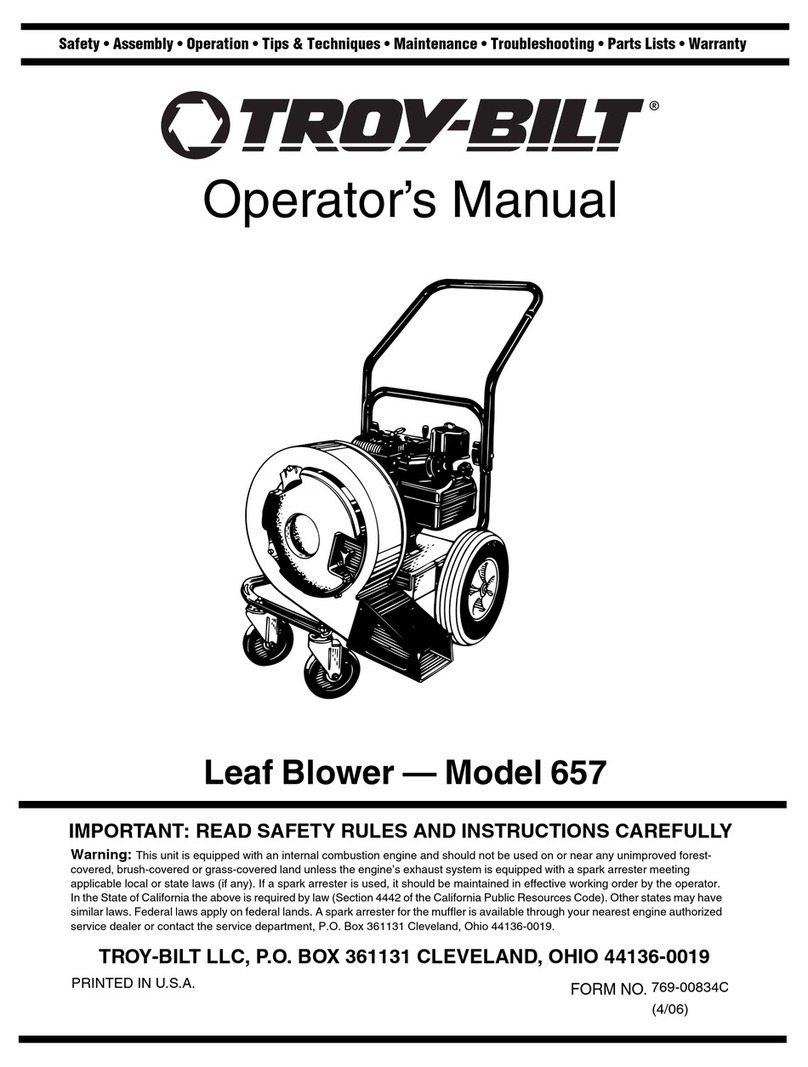
Troy-Bilt
Troy-Bilt 657 Operator's manual
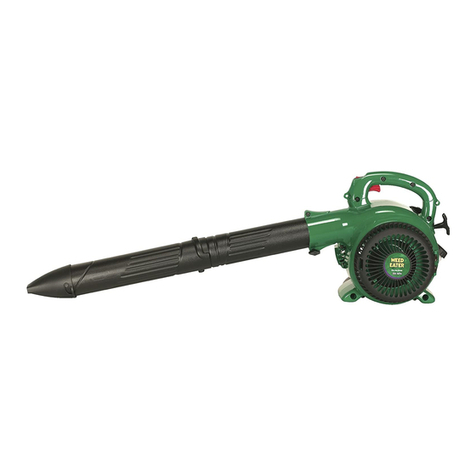
Weed Eater
Weed Eater VS2000BV instruction manual
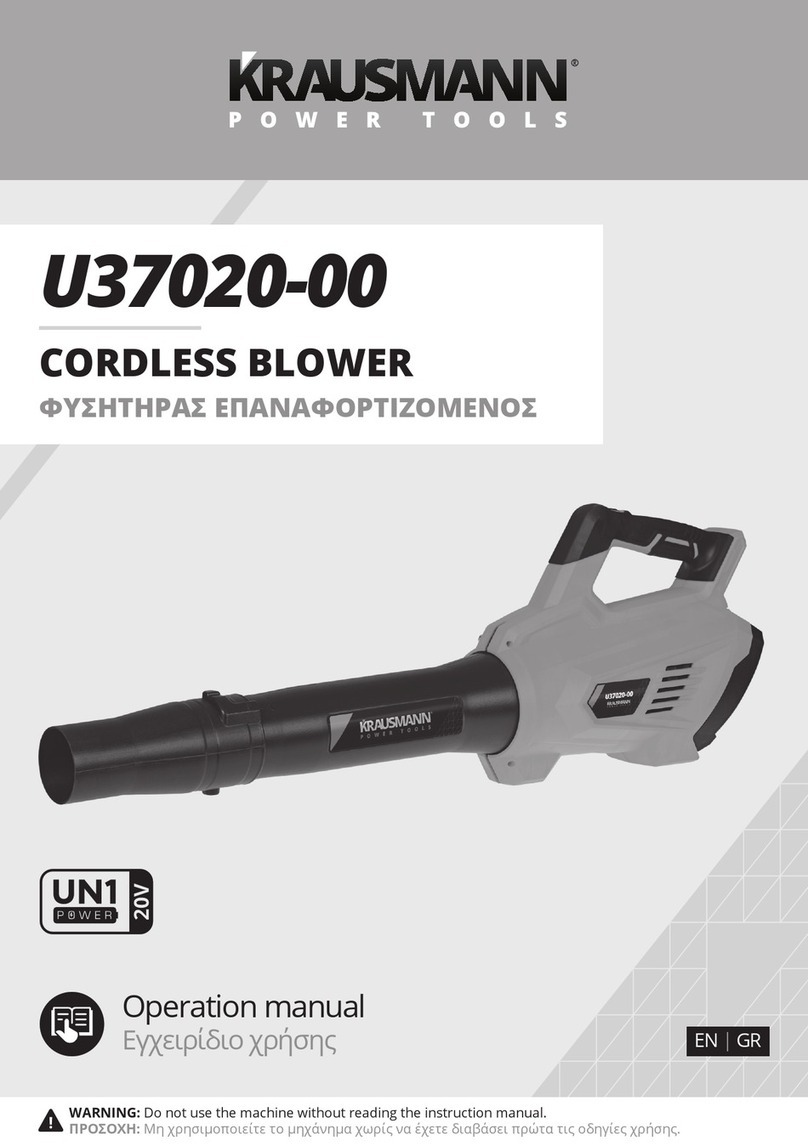
KRAUSMANN
KRAUSMANN U37020-00 Operation manual




